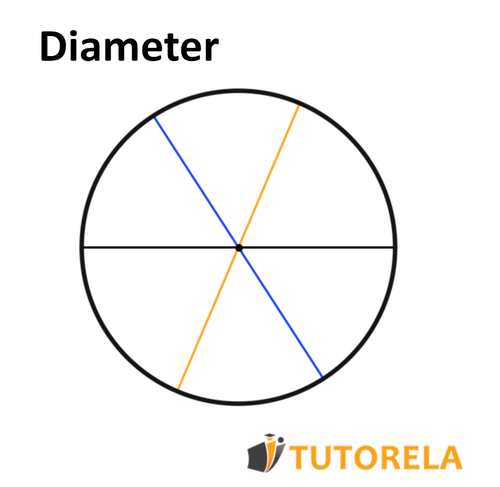To solve this problem, we will consider the parts of a circle and how they interplay based on the description provided in the incomplete sentence:
- Step 1: Recognize that the first blank needs a term that refers to the primary element defining a circle externally.
- Step 2: The second blank needs a term associated with 'equal' as it describes distances from a specific location, hinting at a property of circles.
- Step 3: The third blank likely wants us to relate this location to the circle itself, denoting the standard geometric reference point.
Now, let's fill in each blank systematically:
The first term 'Point' refers to all points lying on the perimeter of a circle. In the definition of a circle, each point on the circle’s circumference maintains an equal distance from its center.
The second term 'equal' pertains to how all these points are at an equal distance - which is the radius - from the center.
The third term 'center' specifies the reference point within the circle from which every point on the circle is equidistant.
Thus, the complete statement is: "All point about the circle located in the distance equal from the center circle."
The correct choice that completes the sentence is: Point, equal, center.
